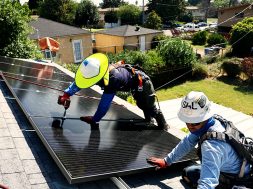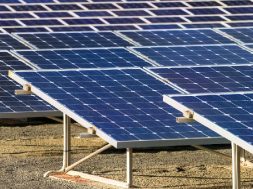
More solar-powered borewells to augment water supply
The aim is to help avoid water stress for wild animals this summer
Karnataka Renewable Energy Department Ltd. (KREDL) will help energise borewells in Bandipur Tiger Reserve to avoid water stress for wild animals this summer.
Soaring mercury levels, signalling the onset of summer in Bandipur and Nagarahole in February, usually stretch to the first week of June until the south-west monsoon sets in.
To help quench the thirst of animals, authorities have decided to energise borewells using solar power to replenish waterbodies.
Ambadi Madhav, conservator, Bandipur National Park, told The Hindu that KREDL has agreed to install solar panels for 20 borewells to be drilled inside the tiger reserve.
“We have to drill the borewells and KREDL will take up the installation of solar panels. The panels will energise the pumps and keep it going till the waterholes are replenished,” he added.
The 20 borewells will be in addition to the seven that the National Tiger Conservation Authority (NTCA) has agreed to fund this year.
Bandipur already has 13 functional borewells fuelled by solar power. This will give the wildlife a reprieve by ensuring copious supply of water, said Mr. Madhav.
There are 370 waterholes in the 874-sq. km national park and the available quantum of water may last till March.
“Unseasonal rain during December helped save the situation considerably and at least 50% of the waterholes may still have water till March, after which things will get difficult,” said the official.
The site of each borewell has been selected based on the severity of the drought in each range.
The cost of drilling each borewell, providing solar panels, and installing barricades to protect them from marauding elephants, is expected to cost around ₹8 lakh to ₹8.5 lakh per set.
The water table in Bandipur varies from zone to zone and is at a depth of around 500 ft. in most places, but it goes down way below 1,000 ft. in the drier zones.
The Maddur zone, for instance, has 42 waterholes, but the available quantum is less than 40% already, and hence two sites have been identified — at Hulikatte and Alegowdanakatte — to drill borewells.
The spots for drilling have been selected based on the high degree of animal movement during peak summer.
Other places where the borewells have been installed include Omkara, Hediyala, and Moolehole.
There are similar plans for the adjoining Nagarahole, but officials in the Cauvery Wildlife Sanctuary and M.M. Hills said the water position was relatively comfortable, and they would do without it this year.
















